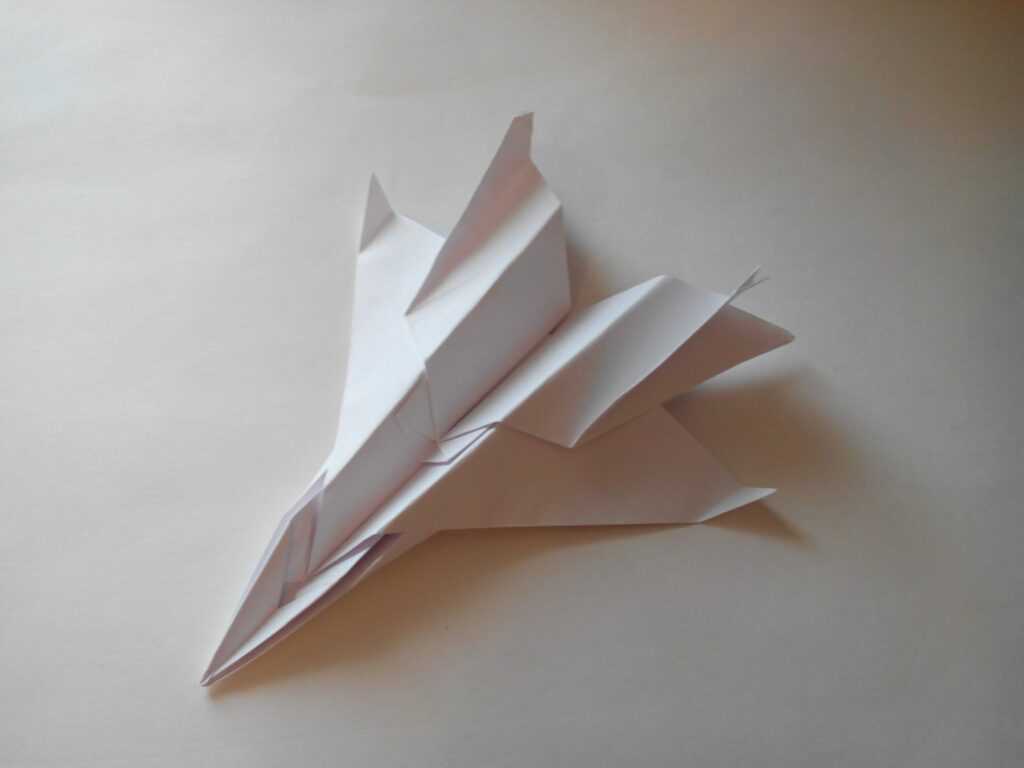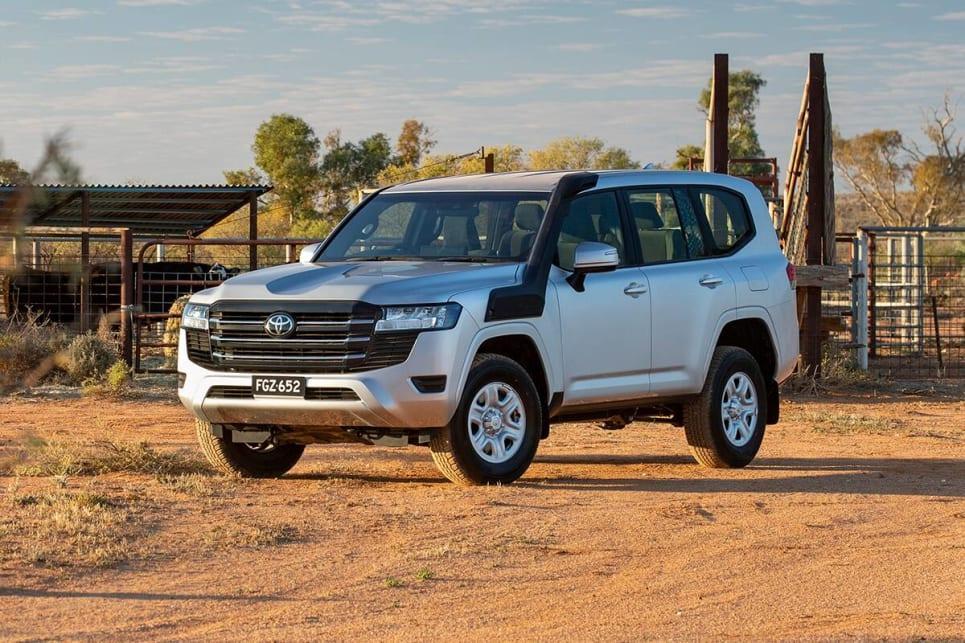
KOLIBEREK MT - cardboard glider for beginners
During the summer holidays, almost every schoolchild becomes free again like a bird… (and sometimes even blue… ;-)) Therefore, today in our workshop – in our youth-technical way – we will be inspired by “winged brothers” – not even so much by “smaller ” - at least the smallest of the most colorful. Their animate namesakes will have the same size, weight, number of possible colors, and even openwork of unusual models from the workshop of the still unsurpassed mother nature ... Feathered jewels. Atlantic, including the territory of modern Poland.
These unusual flying baubles in many categories are record holders worthy of the Guinness Book:
- the smallest bird in the world: body weight - from 2 to 20 g, length from 6 to 22 cm;
- the smallest of the eggs laid by birds - 0,25 g;
- Heart rate up to 1260 (at rest about 60);
- flight speed up to 120 km/h;
- up to 90 wing beats per second, allowing it to fly in any direction or stay in the air.
To meet these high energy requirements, a hummingbird that feeds on small insects or nectar must provide its body with enough calories to fit in 40 brownies per person!
Small, big glider
I confess that I love this model very much - it was in this miniature version that my first project was when I started working as an instructor in the model workshops of the DKDK. Copernicus in Wroclaw. Inconspicuous, small, aggressive, but demanding more from its creators than one might expect from its creators, for many years it has been an excellent project for training modellers in the field of airframe flight rules, ailerons, rudders, the formation of bearing and stabilizing surfaces. .
For several years since the creation of the first prototype, we have produced (not only with young people - also with adult instructors during training) several hundred (maybe a thousand ...?) modeling. This is a really good model for those young technicians who already have some basic experience with flying models.
You will find the continuation of the article in the July issue of the magazine
